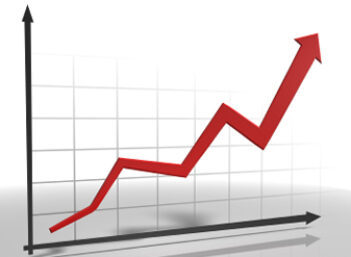What is the Darvas Box Theory?
Named after famous ballroom dancer Nicolas Darvas, the Darvas box theory is a trading technique based on 52-week highs and volumes.
How Does the Darvas Box Theory Work?
To implement a Darvas box technique, an investor simply looks at stocks with heavy trading volume and then buys those stocks when they rise above their 52-week highs.
Specifically, the stock's 52-week high represents the floor of the box. When the stock price reaches a new 52-week high and then falls from that high or at least doesn’t penetrate that high for three days, that new 52-week high becomes the top of the box. The idea is simple: when the stock goes above the top of the box, buy the stock; when the stock goes below the floor of the box, sell it.
A new box forms when the stock hits a third 52-week high, with the second 52-week high becoming the floor. In this way, boxes can pile up.
To see some examples of Darvas box theory, click here.
Why Does the Darvas Box Theory Matter?
The Darvas box technique is easy to use and relies only on stock prices and trading volumes for buy and sell signals. The trick worked for Darvas: he reportedly turned a few thousand dollars into millions in 1956. However, critics argue that the technique produces profits only in bull markets.



